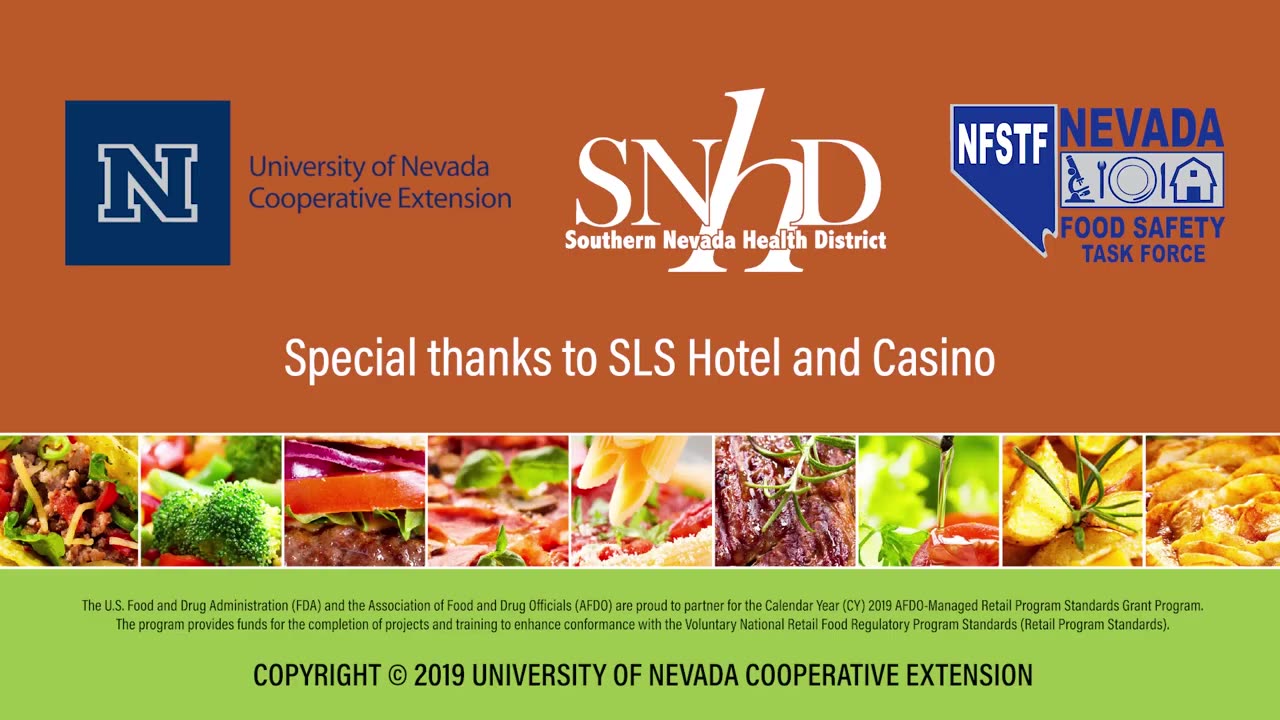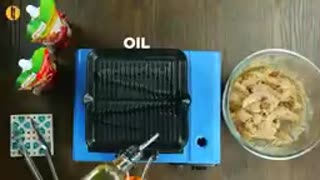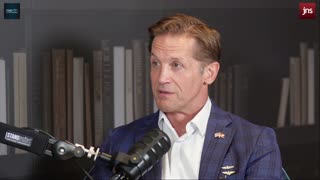Premium Only Content

Module 3 — Personal Hygiene and PPE
### **Module 3: Personal Hygiene and Personal Protective Equipment (PPE)**
Maintaining personal hygiene and wearing appropriate personal protective equipment (PPE) are essential components of food safety. These practices prevent the transfer of harmful microorganisms and contaminants to food.
---
### **1. Importance of Personal Hygiene**
- **Minimizes contamination**: Prevents the spread of bacteria, viruses, and other pathogens.
- **Ensures food safety**: Reduces the risk of foodborne illnesses.
- **Builds consumer confidence**: Cleanliness reflects professionalism and safety in food handling.
---
### **2. Key Personal Hygiene Practices**
#### **A. Daily Hygiene**
- Bathe or shower daily to maintain cleanliness.
- Keep hair clean and tied back or covered.
- Trim and clean fingernails to prevent dirt buildup.
#### **B. Hand Hygiene**
- Wash hands thoroughly as outlined in **Module 2**.
- Avoid touching the face, hair, or any unsanitary surfaces during food preparation.
#### **C. Clean Clothing**
- Wear clean, washable, or disposable clothing.
- Change uniforms or aprons regularly, especially if soiled.
#### **D. Illness Reporting**
- Avoid handling food if experiencing symptoms like diarrhea, vomiting, fever, or open wounds.
- Notify supervisors of any illness to ensure appropriate measures are taken.
---
### **3. Personal Protective Equipment (PPE)**
PPE acts as a barrier to protect food from contamination and ensures the safety of food handlers.
#### **A. Common Types of PPE**
1. **Hairnets or caps**: Prevent hair from falling into food.
2. **Gloves**: Provide a barrier between hands and food.
- Change gloves frequently, especially when switching tasks.
3. **Aprons**: Protect clothing and food from contamination.
4. **Masks**: Prevent respiratory droplets from contaminating food.
5. **Shoe covers**: Reduce the transfer of dirt and contaminants into food preparation areas.
#### **B. Proper Use of PPE**
- Ensure PPE fits properly and is comfortable to wear.
- Replace disposable PPE after each use or if damaged.
- Clean and sanitize reusable PPE regularly.
---
### **4. Avoiding Contamination**
- Avoid wearing jewelry, watches, or accessories that can trap dirt or fall into food.
- Cover wounds or cuts with waterproof bandages and gloves.
- Do not eat, drink, or smoke in food preparation areas.
---
### **5. Role of Personal Hygiene and PPE in Food Safety**
- Enhances overall cleanliness in the food handling process.
- Prevents physical, biological, and chemical contamination.
- Ensures compliance with food safety regulations and standards.
---
### **Conclusion**
Maintaining high standards of personal hygiene and using appropriate PPE is essential for ensuring food safety and preventing contamination. Food handlers play a crucial role in upholding these practices to protect both consumers and the reputation of food businesses.
-
 1:35
1:35
HSESafetyInformation
7 months agoMutton Chops two ways- baked & grilled Recipe by Food Fusion (Eid Recipe)
67 -
 DVR
DVR
Inverted World Live
3 hours agoMan Sees Creature in Loch Ness | Ep. 116
15.2K3 -
 LIVE
LIVE
PandaSub2000
12 hours agoLIVE 10pm ET | EXORCIST LEGION VR (Horror In VR!)
108 watching -
 LIVE
LIVE
SmashJT
33 minutes agoCollective Shout Keeps “HARRASSING” Me | Smashcast
96 watching -
 LIVE
LIVE
StevieTLIVE
1 hour agoWarzone Wins ALL Night w/ GloryJean
68 watching -
 LIVE
LIVE
Laura Loomer
5 hours agoEP146: Loomer EXPOSES Big Tech's Complicity With Anti-ICE Violence
565 watching -
 31:39
31:39
Standpoint with Gabe Groisman
1 day ago“Most People Have NO IDEA What Isolationism could do to America” Rep Rich McCormick Joins Standpoint
1.83K2 -
 LIVE
LIVE
MissesMaam
3 hours ago75% DONE WITH PERFECTION!!! | Stardew Co-Op 💚✨
87 watching -
 LIVE
LIVE
Clenzd Gaming
2 hours agoThe Return
52 watching -
 LIVE
LIVE
DeafWarriorLegendary
1 hour ago🔥Deaf Streamer🔥
24 watching